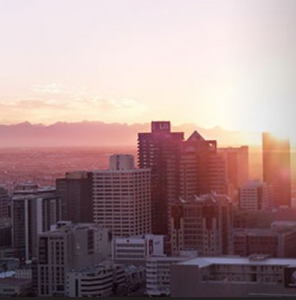Future cities and context
Future Cities – 44-min discussion on BBC’s The Forum about new cities in the coming decades, especially in developing countries, and what features would make them more livable and vibrant for the largest number of people. If you’re involved in the design of cities, if you live in a growing city, if you’re a developer, if you’re interested in where the world’s increasing population will live in the future, this conversation offers much food for thought. You can listen to the full discussion for a year from the dates of original broadcast, May 10-12, 2014.
The three speakers are based on different continents and bring viewpoints shaped in part by their particular geographic locations and backgrounds. Vanessa Watson is a professor of city planning in Cape Town, South Africa where she founded the African Centre for Cities project.* Rana Dasgupta lives in Delhi and has written about the effect of the city’s past on its recent transformation. Josef Hargrave is based in London and leads the Europe division of the Foresight and Innovation Group at Arup, where his team imagined the “intelligent super-building” of 2050 in the report It’s Alive!.
One of the main takeaways is that context is crucial, including the economic impact of development. Much of today’s futuristic city planning seems to be about impressive glass boxes that consume lots of energy and displace poorer former residents. That displacement creates an even wider gap between rich and poor. Since cities in developing countries generally have a higher percentage of poor people than those in wealthy parts of the world, housing and transportation infrastructure become especially important in accommodating the full range of inhabitants.
Other observations are about how a city’s history is reflected in its design and about traditional building techniques perhaps serving the needs of a particular geography or climate more effectively than an emphasis on technology and an almost standardized global design aesthetic. There was talk about transforming our concept of buildings from static energy-consuming elements of a city into energy-producers.
If you’ve got the time, this discussion is worth listening to. The questions are intelligent and the responses aren’t always what design professionals are used to hearing.
*Image here is from a post on the African Centre for Cities website.

